During a briefing by USSOCOM’s PEO – Fixed Wing, COL Kenneth Kuebler, USAF, at NDIA’s virtual Special Operations Forces Industry Conference, he mentioned that SOF is seeking several future aircraft initiatives. According to COL Kuebler, “In the future, freedom of maneuver may not be guaranteed.” Consequently, they need to consider new ways to get to the fight.
First, is an amphibious version of the MC-130 infiltration aircraft referred to as MAC for MC-139J Amphibious Capability with a goal of being able to take off and land from both land and a maritime environment on the same mission.
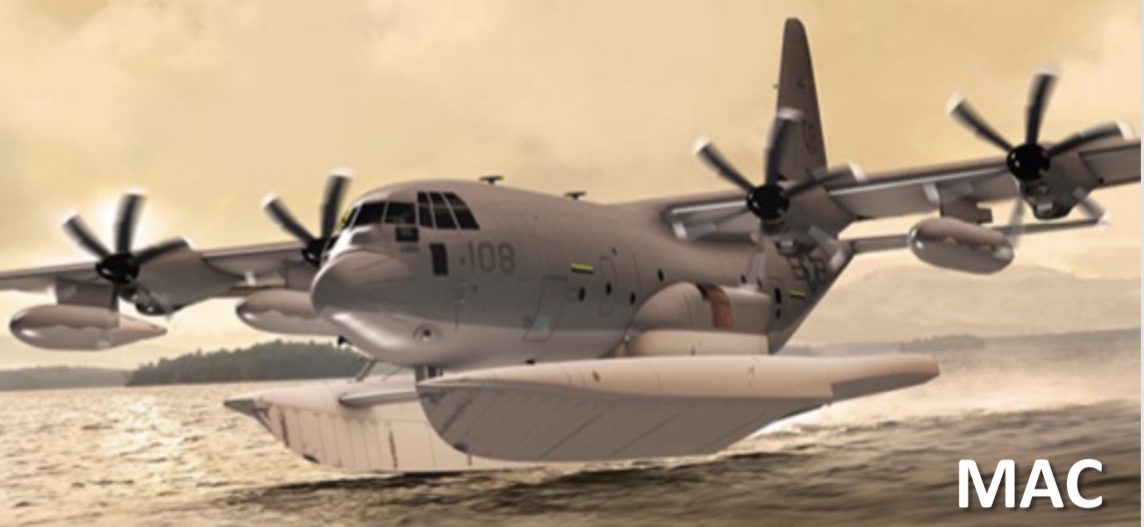
Next is High Speed Vertical Take Off and Landing (VTOL). This capability is an improvement over the current CV-23 Osprey by utilizing jet propulsion rather than propellers.
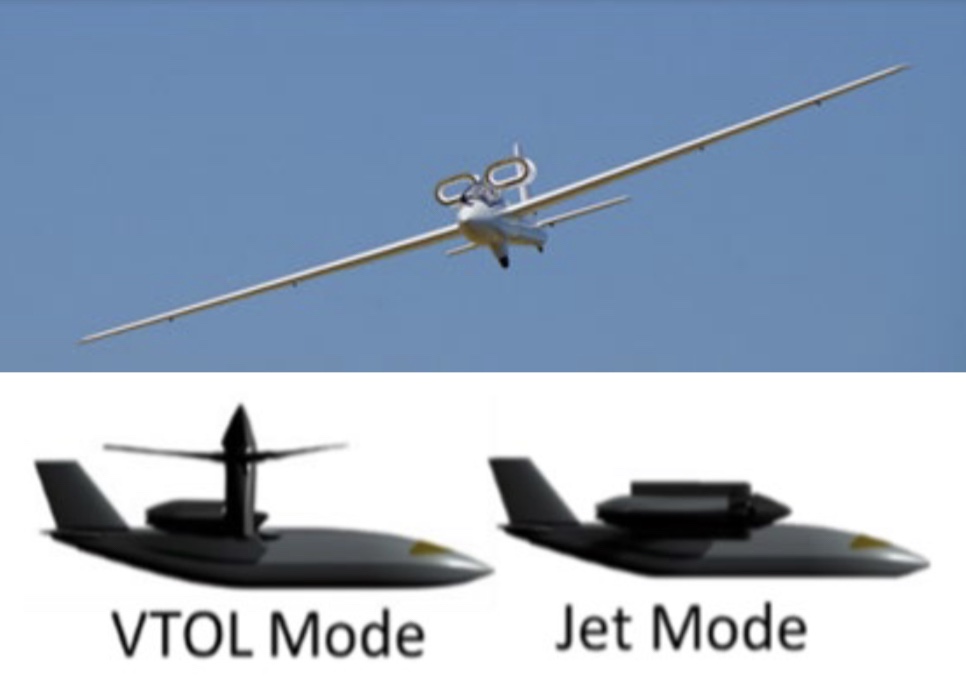
Finally, the last aircraft type SOCOM is investigating is a Remote Gunship.
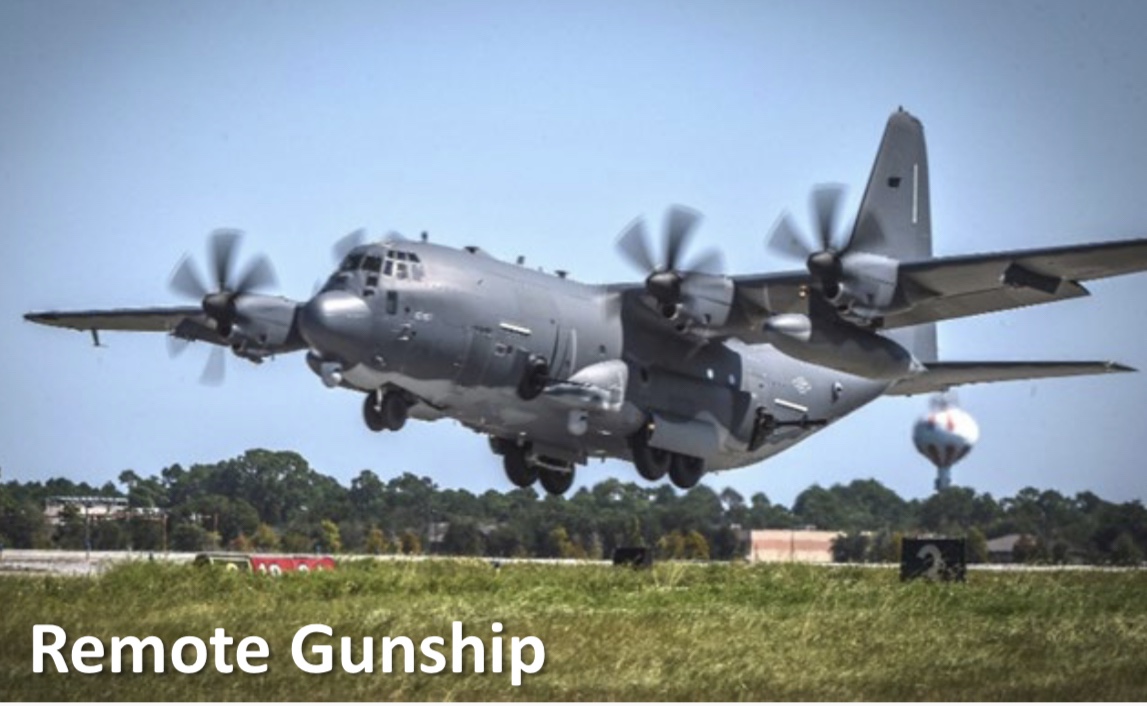
In addition to future aircraft, SOCOM is also interested in developing several enabling technologies for their current and future airframes.
These include improved launch mechanisms for munitions, integrated swarming effects for unmanned systems and munitions as well as light aircraft radar which offers enhanced situational awareness.
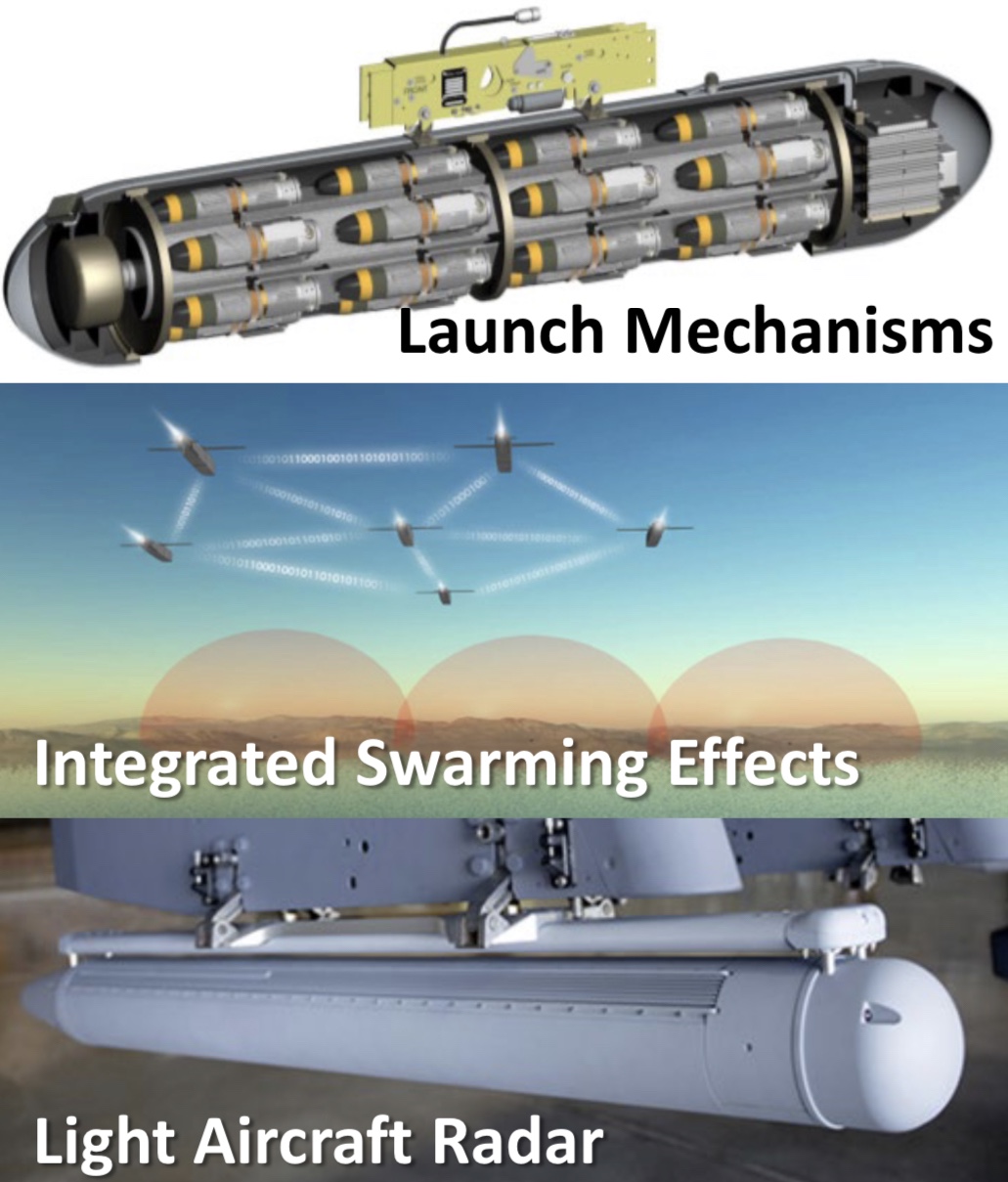
In the near-term, SOCOM will be demonstrating a AC-130J High Energy Laser, a ~60Kw offensive laser which is low probability of detection and can target small vehicles and C3 nodes.
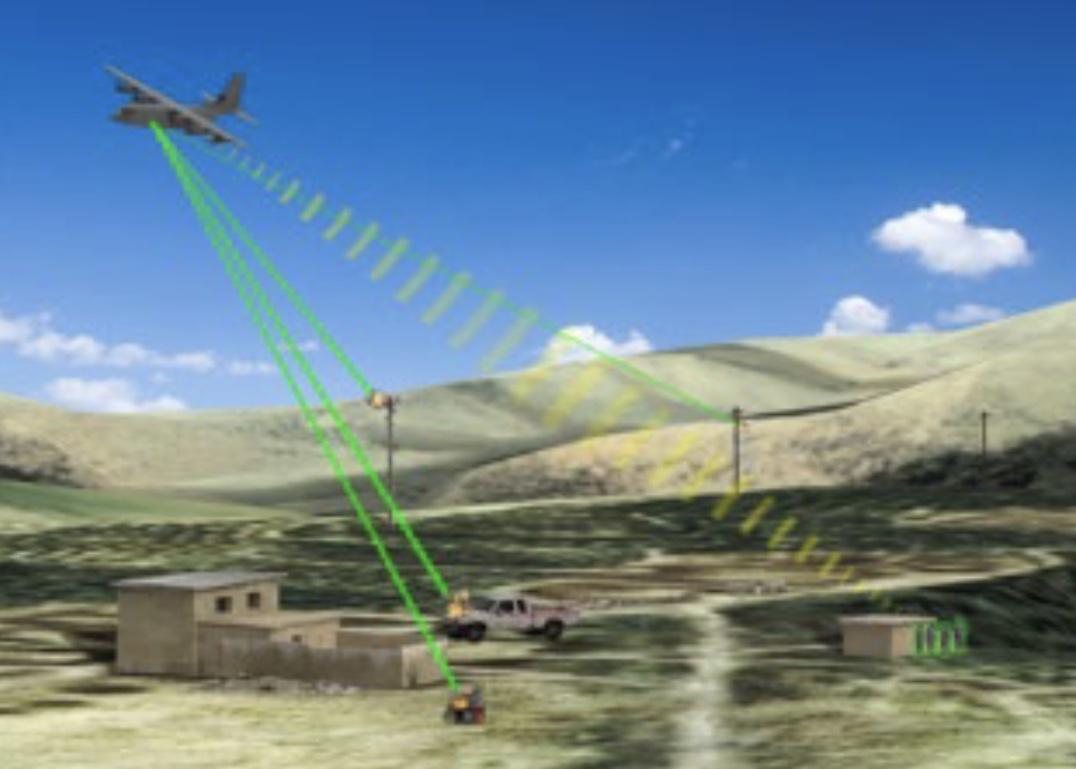


Amphibious means it can operate on both/either land or water – the image shows a seaplane version of the ‘Herc. And that is in fact one of the raddest things I’ve ever seen, and it made me wonder why it hadn’t been done before… Turns out that apparently Lockheed-Martin had a project back in the 1960’s called “Hercules on Water” that developed a floatplane conversion kit for the C-130. They tested it on a 1/3 scale model though and found that range and payload were decreased about 30% – and presumably speed would also be greatly reduced – due to drag.
https://www.secretprojects.co.uk/data/attachments/10/10351-cc6525a2e23c7800452601257a9c09f9.jpg
They also designed an amphibious version:
https://i.redd.it/v3rz3m1v40j31.jpg
All pretty radical nonetheless, and pretty cool to see SOCOM driving such innovations – since all the Air Force seems to care about is the F-35….
The Marines had some seaplane infographics in one of their EABO PowerPoints, common area of interest and strap-hanger potential maybe. Be cool to see.
Even better, Lockheed has had, since at least the 70’s, a concept for an amphibious flying boat based upon the C-130.
And even better than that, there was a successful development and test program in the early 70’s for an air-cushioned land system for the DeHavilland C-7 Caribou. This was rather amazing, and involved a small turbine APU under the wing, which inflated and powered an aircushion vehicle bladder (like an L-CAC) mounted to the belly of the plane! This allowed the Caribou to operate directly on/off runways, dirt, water, swamps, snow, frozen surfaces, water with broken ice, water-to-over-the-beach etc. In flight, the aircushion could be deflated and “sucked-up” to the belly. I see no reason something like this couldn’t be scaled-up to the C-130…or perhaps even the C-17, if we want to think big.
The amphibious C-130 would certainly expand the envelope for Special Operations infil/exfil and at much less a penalty for drag… The float plane, yeah, no. Too much drag and limited to water only landings. I do hope the amphibious 130 gets some traction. It’s capable and cool on many levels.
Even better, Lockheed has had, since at least the 70’s, a concept for an amphibious flying boat based upon the C-130.
And even better than that, there was a successful development and test program in the early 70’s for an air-cushioned land system for the DeHavilland C-7 Caribou. This was rather amazing, and involved a small turbine APU under the wing, which inflated and powered an aircushion vehicle bladder (like an L-CAC) mounted to the belly of the plane! This allowed the Caribou to operate directly on/off runways, dirt, water, swamps, snow, frozen surfaces, water with broken ice, water-to-over-the-beach etc. In flight, the aircushion could be deflated and “sucked-up” to the belly. I see no reason something like this couldn’t be scaled-up to the C-130…or perhaps even the C-17, if we want to think big.